Window-to-China
Overview of last view News
State Power Investment and CCRC introduce China’s first hydrogen bus
Total length of the bus is 12 meters, hydrogen loading time is 15 minutes, and cruising range is over 600 km. Energy conversion efficiency is 53-55%, three times that of an internal combustion engine. The engine comprises a fuel cell system with an engine rated output of 60 kW and a mixed power supply system with 67 kW. The bus is produced in Ningbo, Zhejiang Province, and by 2025, Ningbo is planning to build from 20 to 25 hydrogen refueling stations for a target of 1,500 vehicles using them.
Yicai Global news release, January 3, 2020

Top scientific honors awarded to HUANG Xuhua and ZENG Qingcun
China’s highest ranked scientific award, the State Eminent Science and Technology Award, has been given to an engineer and a meteorologist. HUANG Xuhu played a key role in China’s nuclear submarine development. In December 1970, China launched Long March I, becoming the fifth nation to have a nuclear submarine. ZENG Qingcun, a renowned atmospheric scientist, helped modernize China’s weather forecast systems and meteorological satellite remote sensing technologies. The prize money is 8 million yuan ($1.14 million) for each receipient.
China Daily news release, January 10, 2020
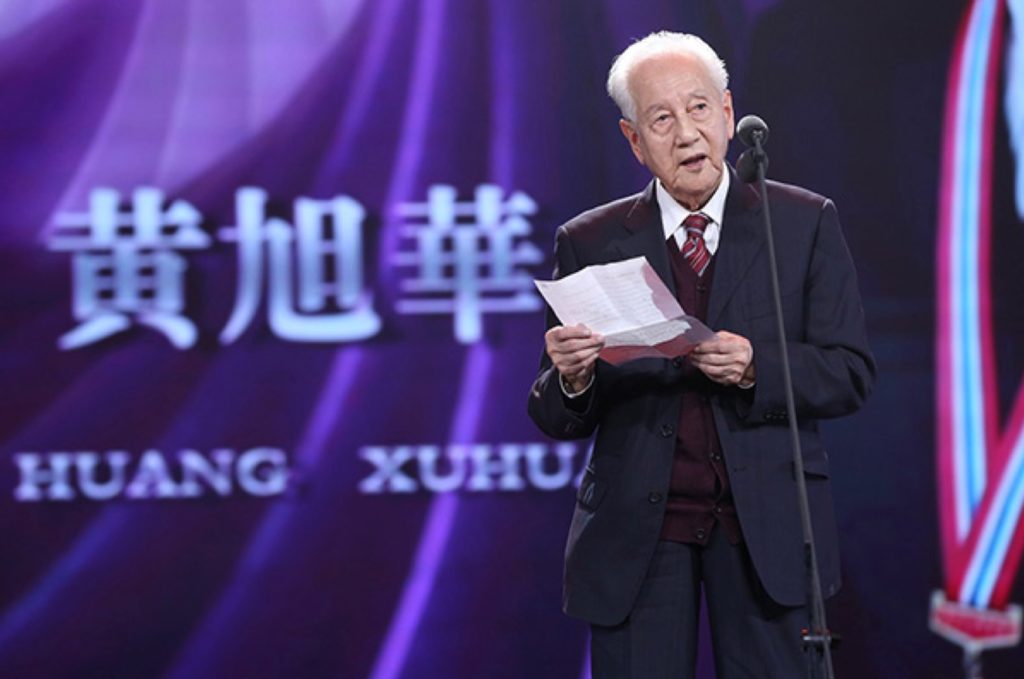
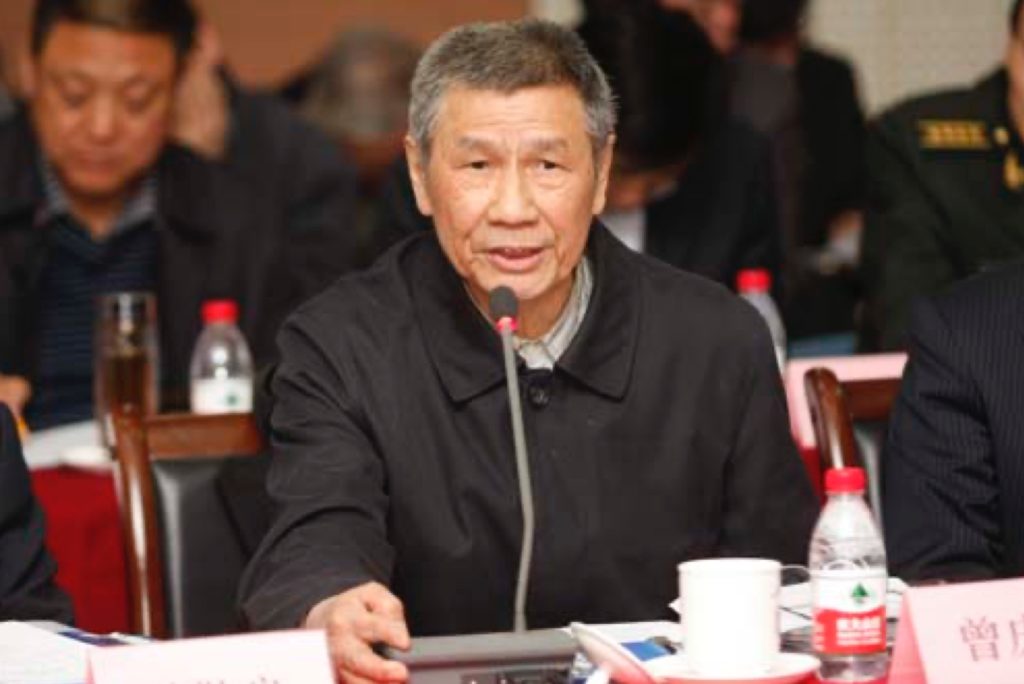
China’s surface water quality improves
MA Ting and ZHOU Chenghu from the CAS Institute of Geographic Sciences and Natural Resources Research have analyzed COD and nitrogen pollution across surface waters in China during a 15 year period. They conclude that concentrations of these two pollution parameters declined at the national level by 63 and 78%, respectively, during this period.
https://advances.sciencemag.org/content/6/1/eaau3798

China Meteorological Administration releases “One Belt, One Road” urban weather service network
Through the public website http://ydyl.cma.gov.cn/ , 137 cities and regions along the belt and road can be accessed for a five-day weather forecast. Temperature, wind direction, wind speed, precipitation, etc. are updated every 12 hours. The information is based on photos of the Fengyun series of meteorological satellites and other climate-related materials for each city and region.
Science Daily news release, January 2, 2020
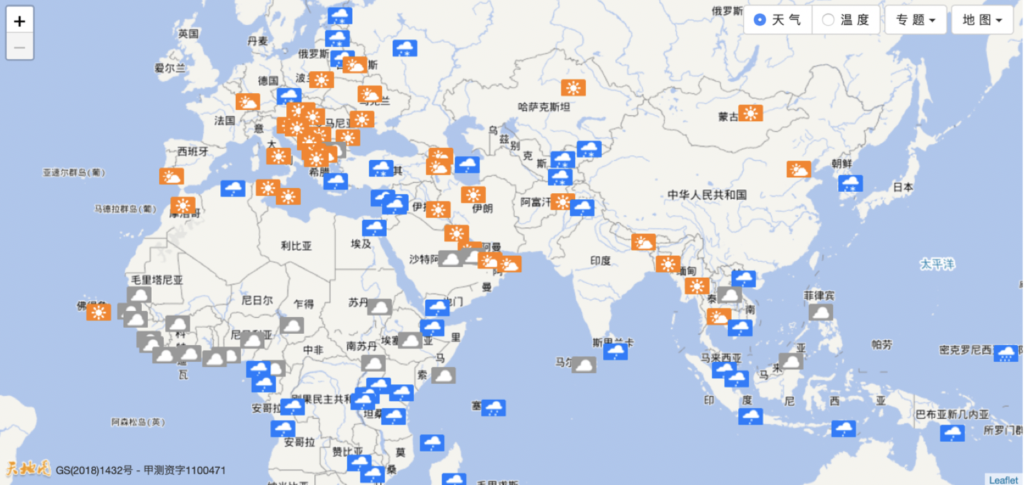
CAS Shenyang Institute of Automation achieves first success in solar sail technology
The solar sail is a spacecraft powered by the reflected light pressure of the sun on the film. It does not consume additional chemical fuel during the voyage. Features are a small mass, low cost, low power consumption, and long range. “Tianfan-1″ is a solar sail developed by the CAS Shenyang Institute of Automation and was launched by a Xiaoxiang-1 satellite 07 on August 31. “Tianfan-1” has recently carried out a series of key technical tests on unfolding and assembling and will provide technology for solar sail research and development at a larger scale.
CAS news release, December 30, 2019
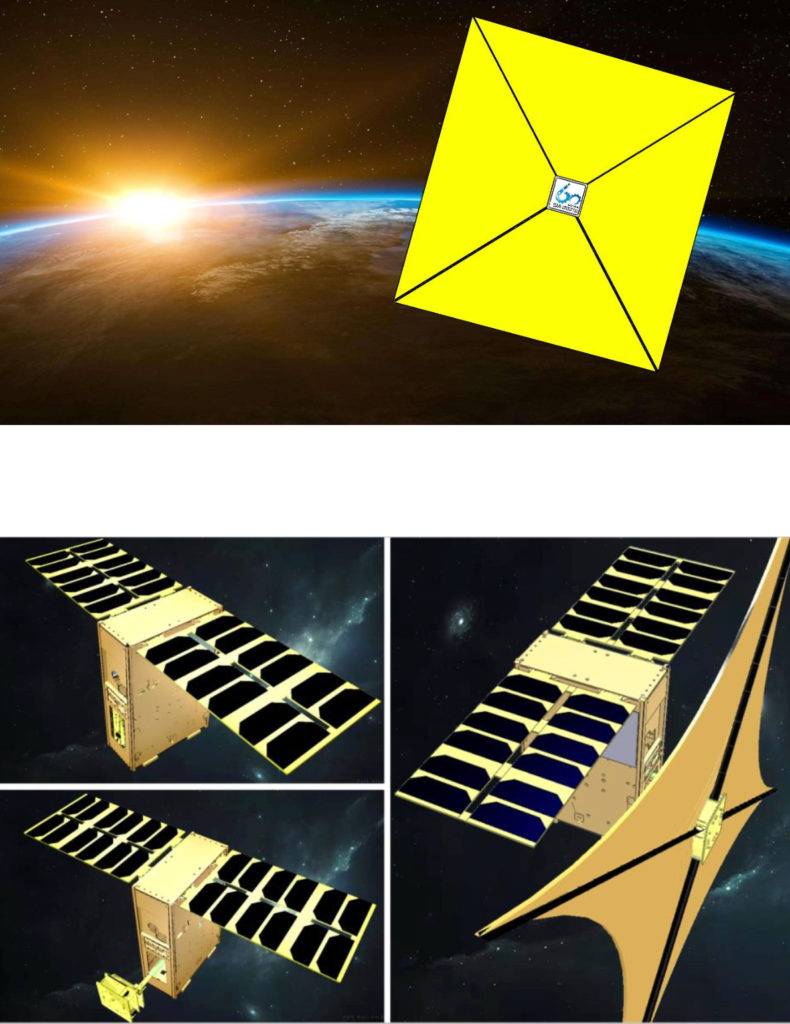
“Gene-edited baby” researcher HE Jiankui sentenced to prison
HE Jiankui, former associate professor with the Southern University of Science and Technology, was convicted of illegal medical practice in a first-instance trial held in a district court in south China’s Shenzhen City, Guangdong Province. He was sentenced to three years in prison and fined 3 million yuan (about 430,000 U.S. dollars) for illegally carrying out human embryo gene-editing intended for reproduction, in which three genetically edited babies were born.
To other researchers involved in this experiment, ZHANG Renli and QIN Jinzhou, received jail terms of two years and 18 months with a two-year reprieve, as well as fines.
Xinhua news release, December 30, 2019
China Railway Corp opens 174 km high-speed railway line for 2022 winter Olympics
The railway line links Beijing to Zhangjiakou in Hebei province, co-host city for the 2022 winter games. With a maximum design speed of 350 km/h, the travel time between Beijing and Zhangjiakou will be shortened from more than 3 hours to 47 minutes. There will be 10 stations, and some stations will have facial recognition devices that allow passengers to enter the gates with their personal IDs. The intelligent high-speed trains are upgrades of the Fuxing bullet train, able to achieve autonomous and intelligent driving covered by the Beidou satellite system. The trains have functions tailored for the 2022 Olympics, such as media cars that will livestream sports events, and racks for skis.
Global Times news release, December 30, 2019
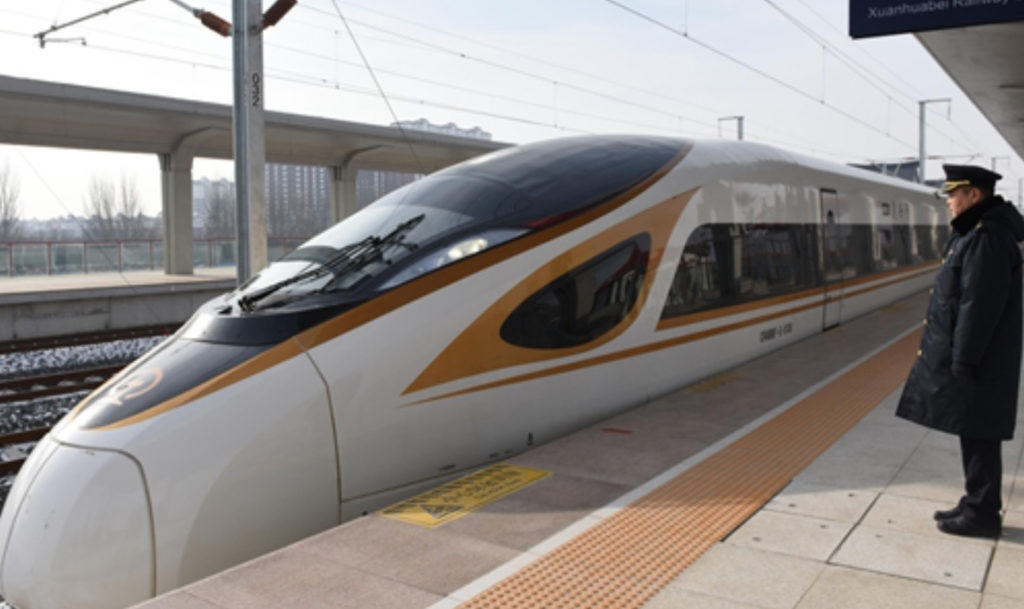
Shandong Province starts hot water supply for heating by a nuclear power plant in Yantai
The Haiyang Nuclear Power Station in Yantai has initiated hot water supply to households, substituting hot water generated in a coal-based thermal power generator. It will initially provide heating for an area of 700,000 m2, covering the dormitories of its employees and about 30 other neighborhoods. As a heat source, steam from the loop of reactor 2 is used. Heat exchange is repeated at a heat exchange station of the heating company outside the power plant, and finally the heat is delivered to each household through the municipal heating pipe network.
Xinhuanet news release, December 11, 2019

Zhejiang province approaches completion of 50 unit windfarm at Yushan Island
The total number of wind power generators will be 50, 32 for 4.5 MW and 18 for 4 MW. The total installed capacity thus is 261 MW, and annual power generation after completion in September 2020 will be 870 million kWh. A 220 kV submarine transmission cable with a diameter of 25.2 cm and a total length of 12 km was laid by the submarine cable construction ship “Jingbao 9”. Yushan island holds a large petrochemical complex.
Japan JST China news, December 10, 2019

Shanghai Financial Court starts to operate AI-based “Smart interpreter system”
The system uses the latest AI product 笔译 (bi yi)
https://baike.baidu.com/item/笔译
and can perform simultaneous interpretation in over 20 languages in the form of speech and text.
According to the court, the introduction of the system removes the anxiety that foreigners involved in litigation can’t understand the language in the trial process, improves the efficiency of trials involving foreigners, and broadcasts legal interrogation overseas. It is being used to help foreign officials to participate in discussions in real time and to deepen their understanding of Chinese financial justice, and for court operations such as simultaneous interpretation of foreign relations and automatic translation of court documents.
Japan JST China news, December 10, 2019
Taiwan’s Biobank aims at 200,000 human genomes by 2024
According to the Biobank’s PI LEE Techang, the Taiwan Biobank, founded 2012 by the Academia Sinica, has collected gene samples from 120,000 generally healthy Taiwan residents aged from 30 to 70 and finished whole-genome genotyping of 100,000. The biobank also collected blood and urine samples and physical data of participants, such as weight, height, blood pressure and bone mass, as well as health information including lifestyle, living environment and family disease history. The Taiwan Biobank since 2015 has also obtained gene samples from about 4,000 patients with major chronic diseases such as cancer and Alzheimer’s disease and is expected to expand sample size to 100,000 of such patients.
Xinhua news release, December 16, 2019
China Central TV reports on 10 major science achievements in 2019
During a broadcast event on December 17, the following achievements were celebrated:
On January 3, 2019, Chang’e-4 spacecraft landed at 177.6 degrees east longitude and 45.5 degrees south latitude on the back of the moon; pictures are transmitted by relay satellite Qiao located in an appropriate stationary lunar position,
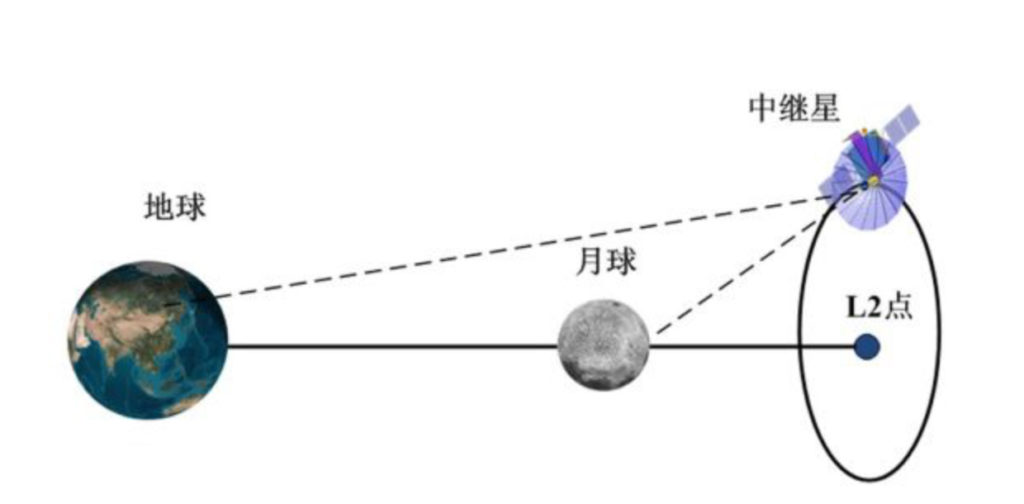
on April 10, astronomers from all over the world including China associated in The Event Horizon Telescope (EHT) network — a planet-scale array of eight ground-based radio telescopes forged through international collaboration– took the first picture ever of a black hole. This black hole is located in the center of the great elliptical galaxy M87 in the direction of Virgo, 55 million light years away from the earth, and its mass is about 6.5 billion times that of the Sun,

- on June 5, China made its first maritime launch; seven satellites were launched simultaneously from a platform in the Yellow Sea using a “Long-March-11” carrier rocket,
- on June 6, the Ministry of Industry and Information Technology (MIIT) issued the first 5G commercial licenses to China Telecom, China Mobile, China Unicom, and China Electric Power. Features of 5G are high speed, low delay and high reliability, an important basis for the development of next-generation information technology and the digital economy,
- on June 17, Nobel laureate TU Youyou’s team reported on the mechanism of drug resistance to artemisinin and on new indications of this drug such as the treatment of lupus erythematosus. The revival of traditional Chinese medicine overseas has been highly appreciated by the World Health Organization (WHO),
- on August 1, Nature magazine reported on the world’s first hybrid architecture brain-type chip developed at Tsinghua University, Jing Pei et al., Nature 572, 106-111 (2019). The chip’s fusion technology combines brain-type computation and computer-based machine learning and will accelerate R&D of artificial intelligence,
- on August 13, the largest yet built mud-balanced shield machine started operation at the Spring Wind Tunnel in Shenzhen. The drilling diameter is 15.8 meters, the weight 4800 tons, and the total length 135 m. Energy output is over 11,500 kW, and total thrust is 24,600 tons,
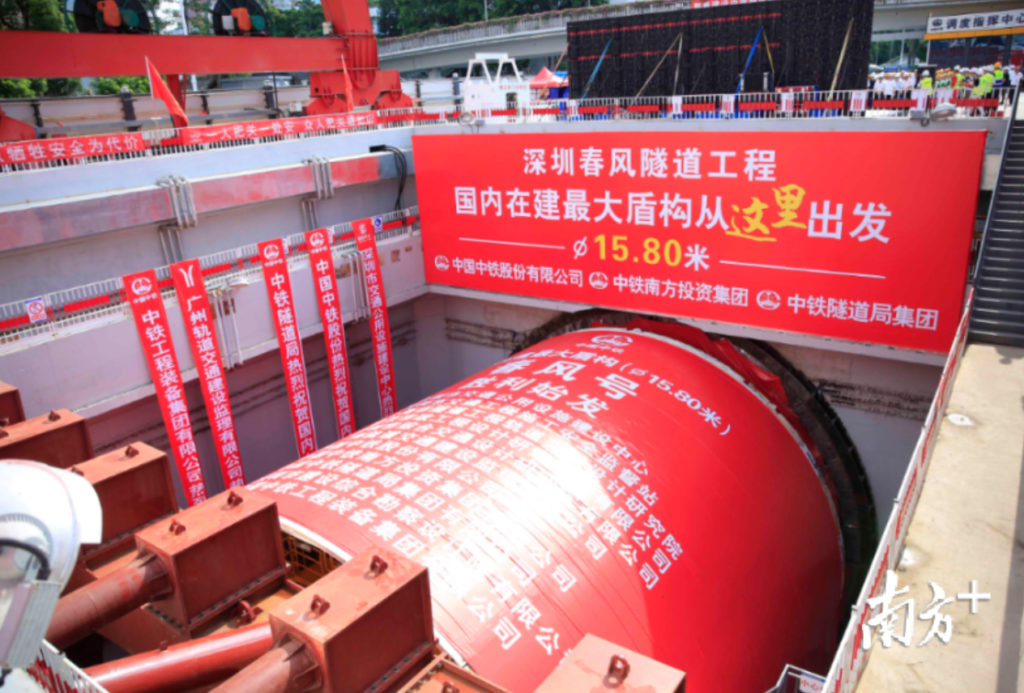
- on September 17, president Xi Jinping awarded the Medal of the Republic of China and a national honor title to 42 people, including YUAN Longping, “the father of hybrid rice”,
- on October 16, the Hubble telescope, managed by the NASA and the European Space Agency, took a picture of the first interstellar comet “2I/Borisov”, named in honor of its discoverer, Crimean astronomer Genaday Borisov

on November 14, China’s Mars exploration mission was unveiled by a test on air levitation, obstacle avoidance, deceleration and landing in a Martian environment

CCTV December 17, 2019
China National Nuclear Co. starts 3,000 m deep drilling project for uranium
The CUSD2-1 project will be realiszed in the Xiangshan Uranium Mine in Jiangxi. China’s largest volcanic-type uranium ore field, the Xiangshan ore field, plays a very important role in safeguarding uranium resources in China. At present, the exploration of this ore field is mainly limited to the shallow surface, and the research on the deep metallogenic environment and conditions is less involved. Deep scientific drilling is a “telescope” for exploring deep uranium resources. The project team will carry out three-dimensional three-dimensional exploration of the deep ore-forming environment of the Xiangshan uranium ore field, reveal the uranium polymetallic resource ore-forming conditions, build a 3,000-meter deep metallogenic information identification technology, and provide technical demonstration for large-depth uranium polymetallic prospecting.
Science and Technology Daily news release, December 18, 2019
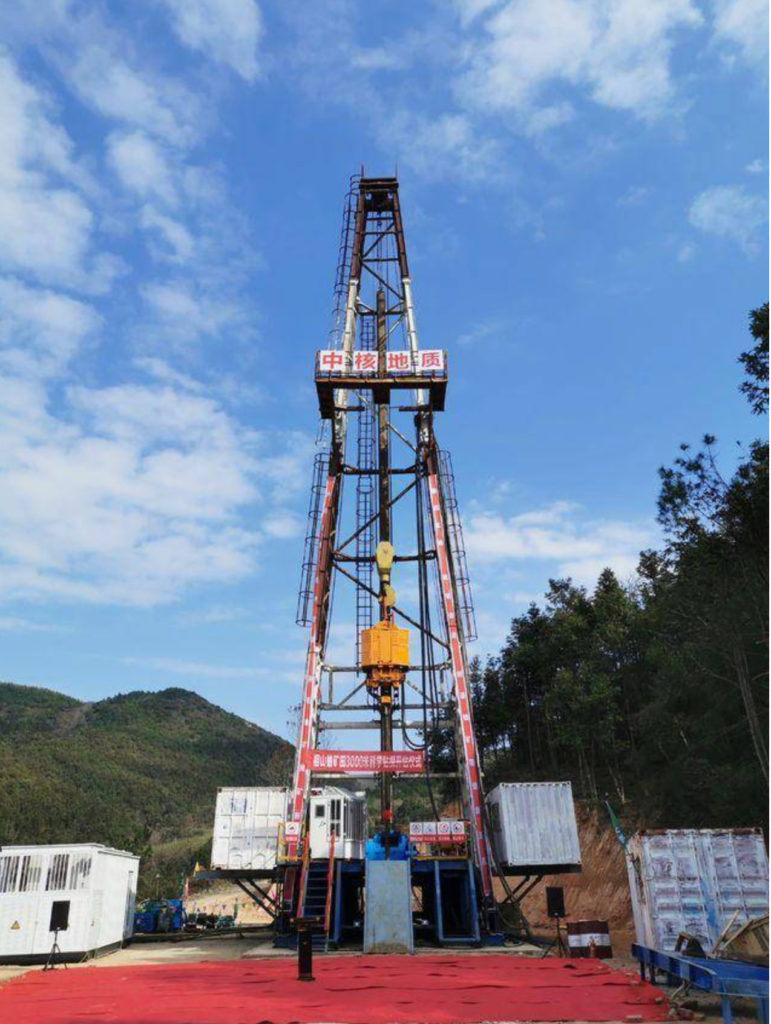
China’s natural gas production increased to 173.3 billion cubic meters in 2019
Newly confirmed oil reserves increased by 25% to 1.2 billion tons, and natural gas increased by 68% to 1.4 trillion cubic meters. Crude oil production amounted to 191 million tons, breaking away from the continuous decline since 2016. Production of shale gas, coal seam gas, and coal gas increased overall.
Japan JST China news, December 18, 2019
Science popularization programs in China attracted 892 million visitors in 2018
According to the Ministry of Science and Technology (MOST), the number of people who participated in nationwide science popularization programs reached 892 million, 15.8% more than 2017. By the end of 2018, the country had 1,461 science and technology centers and museums that specialized in popularizing science.
Xinhua news release, December 12, 2019
Tianjin University team develops “brain whisperer”, a brain-computer interface for writing
A cap picks up electroencephalograph (EEC) signals and sends them to a computer. Brain patterns, which carry the user’s intent, are decoded by an algorithm on the device. Eventually, the information is converted into instructions and triggers an action. Using this interface, WEI Siwen, a graduate student at Tianjin University, typed 69 characters in one minute via mind control, winning the first prize in a BCI competition held earlier this year. The speed proved faster than hand typing.
The device is applicable in medicine, rehabilitation, brain cognition, neural feedback and signal processing, researchers said, adding that the BCI technology will be adapted for civilian use, and the device will become easier to carry and use, becoming wearable in the future.
Xinhuanet, December 24, 2019
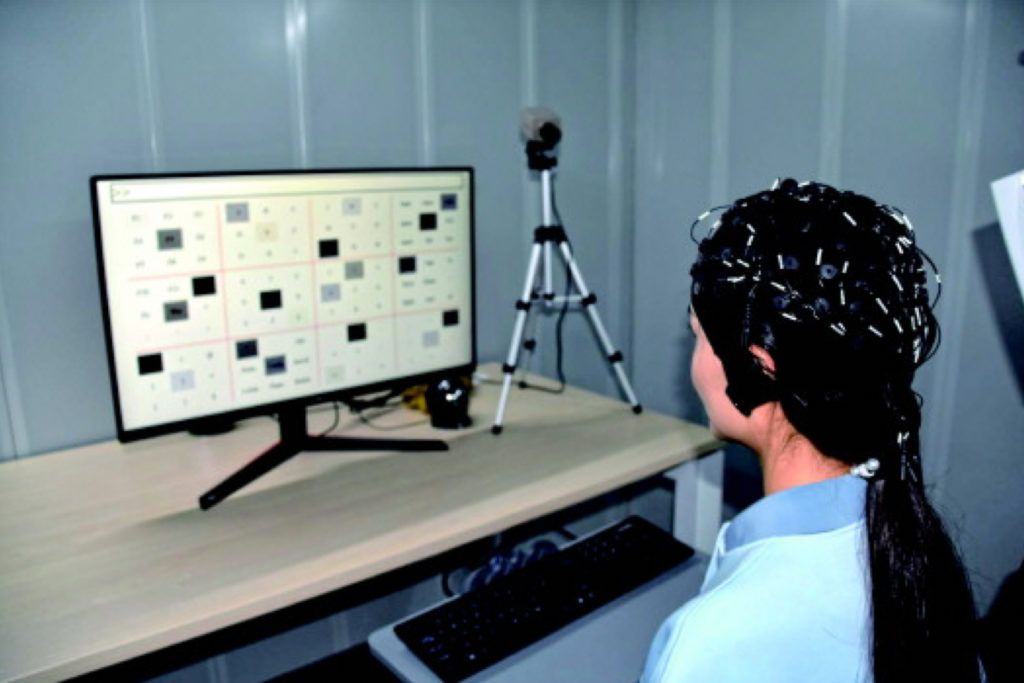
Chengdu Spaceon Electronics Co. announces “Beidou Xinhe”, a wearable ECG monitoring product
The “Beidou Xinhe” electrocardiograph is suitable for early arrhythmia screening, chronic disease, and daily ECG monitoring of postoperative patients. On the user-side, it does sensing + data transmission storage + AI interpretation. The ECG data are processed by AI interpretation to complete the evaluation of ECG signal quality and ECG. Data of the sensor, which is worn on the breast, are transmitted via Beidou satellite to a receiving hospital from where the patient is monitored.
Japan JST China news, December 16, 2019
CAS releases catalogue of biological resources
The open-access catalog of biological resources has collected more than 7 million pieces of biological resources data from 76 biological resources libraries in 40 research institutes of the CAS, including biological specimens, plant resources, biological genetic resources, experimental animal resources and biodiversity monitoring network resources. Language is Chinese.
Since the 12th five-year plan, the CAS has launched a strategic biological resources plan, integrating relevant resources including the botanical garden, specimen museum, resource bank, biodiversity monitoring network and experimental animal platform of the CAS to build a complete biological resources system.
At present, a network framework has been formed, including five resource collection and preservation platforms, three resource evaluation and transformation platforms and one information center
CAS news release, December 10, 2019
BGI joins genome program of United Arab Emirates
Within the program, large-scale genomic data will be collected to establish a health care system with predictable, preventative and individual-based medical treatment for the citizens of the UAE. Coordinator is the Abu Dhabi-based Group 42.
Xinhua, December 12, 2019
CAS team develops AttentiveHerb, a neural-network-based algorithm for TCM prescriptions
A team around LIU Zhi (CAS Shenyang) and QI Liang (Qingdao University of Science and Technology) has developed a neural-network based system to simulating a doctor’s inquiry and his prescription that is composed by a series of herbs. It can automatically simulate some principles and learns the interaction between symptoms and herbs from clinical records of traditional herbal medicine. This model consists of two different attention mechanisms for distinguishing the main symptoms and pays attention to different symptoms. In 22.41% of all cases tested, several herbs in each predicted prescription overlapped with its label; and 10.1% of cases wesre completely different from the label. In summary, 67.49% of the predicted prescriptions are close to the labels, and 89.9% among them contain the same herbs with the labels.
https://ieeexplore.ieee.org/abstract/document/8839090

